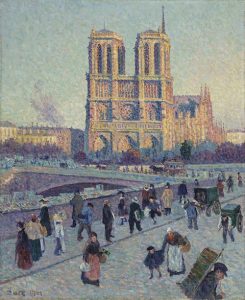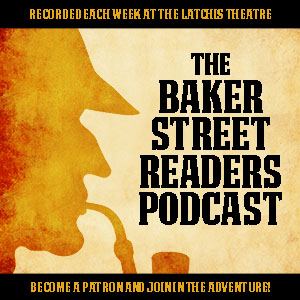When the Cathedral of Notre Dame in Paris burned yesterday, it was more than a religious icon that was lost. For workers, women, artists, tourists, the city of Paris and all of France, Notre Dame was both monument and living symbol of human aspiration and French spirit.
Notre Dame has always been remembered for the prodigious labors of the generations of workmen and artisans who created it. It was ordinary people who built it and, in large part, it is their legacy that went up in flames.
It was also the shrine of the patron saint of women, the only remaining exemplar of the divine feminine in all of male-dominated Western culture. There are churches of Our Lady in many towns but there is only one Notre Dame. Mary, wife of Joseph, mother of Jesus, may not appeal to modern minds but for Catholics, she has been an ideal of womanhood even to the present era. The Hail Mary is still spoken as part of the cycle of prayers that make up the Catholic Rosary. Mary stands for women in all their roles including the traditional roles of sister, wife, and mother. It was her church that burned.
Symbolically, it’s hard to imagine how there could be a worse time for the Cathedral of Notre Dame to burn down than during Holy Week, six days before Easter Sunday. Although prominent Catholics took pains to look for a silver lining — the church will be rebuilt, it will be better than ever! — rank and file Catholics cried and sang Ave Maria.
Some cynics might dismiss this iconic building as a symbol of extravagance in service of a dying religion, but that assessment misses by miles the building’s significance for the masses of ordinary people of all faiths and ethnicities who have made the pilgrimage to see it. Notre Dame wasn’t just impressive to Catholics. Its unique and soaring towers, ancient statuary of saints and kings, celebrated gargoyles, and the solemn ambiance within its walls had a power that transcended Christianity.
Perhaps because of its architectural power and great antiquity, Notre Dame has come to symbolize Paris itself, especially in the modern era. It is situated in the old part of the city on an island in the Seine. It is the point from which all distances are measured — France’s ground zero, so to speak.
As French President Macron pointed out in his speech last night, a building of this importance to people everywhere and to world culture cannot be left to fall into ruin. Notre Dame will be rebuilt and new generations of workers and artisans will labor to restore and renew it, contributing new skills to its ongoing legacy and keeping the past alive. Nevertheless, it will be generations still before Notre Dame de Paris is restored to any semblance of her former glory.










Visiting
And we all felt bad when our iconic Brooks House was in flames…
I visited Notre Dame in the early 80’s as part of a French Club trip to Paris. Our teacher, Mrs. Fredericks, prepared us for the trip well, and then when we got there she let us loose. Our instructions were basically to do whatever we wanted, but be back to the hotel by 9 pm. We had one or two scheduled tours in a bus, all together, but most of the trip and what I recall was walking all over the city, exploring. No chaperones, just us high school kids wandering about on our own. It was great.
I remember finding it very easy to talk in the third person in French, so I’d go into a boulangerie and explain everything that my friend wanted. : )
There was the shock of going into a grocery store and seeing little kids buying wine to take home. Wow.
We were all over – Sacre Coeur, Eiffel Tower, Arc de Triomphe, Pompidou Centre, Louvre, west bank, Moulin Rouge, and all sorts of little side streets.
Notre Dame was very active. There were all sorts of tourists coming and going. We saw some Paris punks, and nuns. The outside facade was amazing, and the flying buttresses impressive.
We got to go in. There were what seemed to be thousands of candles lit, and we got to walk around inside and look at the stunning windows and enormously high ceilings. There were people moving everywhere. We got to go up and look at the altar, and think about all the people buried beneath us.
I remember being able to climb up in the from facade towers – I’m pretty sure we went up one side and down the other. We were able to go out and look over the city at the same level of the gargoyles sitting there for centuries. I have pictures somewhere.
A few years later I got to take some great art history classes about cathedrals – being able to call up Notre Dame from memory helped me “get” other similar buildings.
Even later I lived in DC and was able to watch as the National Cathedral’s stoneworkers slowly worked on that building. They had big blocks of stone all over the yard in various stages of being carved. There was an apprentice program to teach new people how to do the work.
Glad I got to see Notre Dame with the full roof and spire – it looks like it will be a while before it is restored.